This article was co-authored by Sylvia Rath. Sylvia Rath is a Parenting Specialist and the Director of Little Village Nursery School in Los Angeles, California. With over 30 years of experience, Sylvia guides parents through the preschool years and beyond by teaching respectful communication and positive discipline methods. Sylvia holds a BA in Psychology and Early Child Development from Antioch University. Before working at Little Village Nursery School, she taught preschool for eight years.
There are 9 references cited in this article, which can be found at the bottom of the page.
This article has been viewed 48,087 times.
Handwriting instruction is getting less and less time in schools, which means your child may be stuck with poor handwriting. The first step in helping your child is to work on some of the common problems with handwriting, such as spacing, working within the lines, and reversing letters. You can also help her develop fine motor skills with fun games, as well as make sure all the physical aspects are in place to help her write.
Steps
Getting the Basics Down
-
1Show him/her how to work within the lines. Lines can help her get her proportion correct, which in turn makes her handwriting more readable. If she's having trouble with it, show her the best way to do it.[1]
- Use primary handwriting sheets that have colored lines as guides for each letter.
- Capital letters should go from the top line to the bottom line, and they should be twice the size of a lowercase letter.
- Also, help her make sure her letters don't float or sink by always positioning the bottom of the letter (with the exception of tails) on the line.
- One way to help her get this right is to highlight the bottom half of the space. Tell her the small letters need to stay within the color and that only capital letters can extend above it.
-
2Emphasize the correct directions. That is, letters should be made from the top down, for the most part. Also, your kid should work from left to right. Try watching how your kid writes. How she writes may surprise you. If you notice your kid making letters abnormally, take her hand and help her make the correct motion.[2]
- Practice making letters with the correct motions regularly. Make practice fun so the activity stays desirable.
Advertisement -
3Work on spacing words. Have your kid place her finger on the paper after the word. Tell her to start the next word on the other side of her finger. This process will help her space out her words properly, which can make her handwriting look better overall.[3]
- If she's left-handed, try a popsicle stick instead.
- You can also have her make a small dot after each word so she knows to leave a space.
-
4Work on tracing. One way you can show her how handwriting should look is to have her trace handwriting. You can buy handwriting books for tracing, or you can simply write on a piece of paper. Make sure to make your handwriting as standard as possible if you are doing it yourself. Also, make sure to not write too small, as that will make it harder for your child.[4]
- Have your child trace over the letters first with her pencil.
- Next, have her write the letters again underneath the traced letters.
-
5Help your child distinguish similar letters. Some letters are commonly confused or put backward. For instance, the lowercase "b" and "d" are often confused. One way to help your child is to tell them to "make their bed" by making two thumbs up symbols and bumping them together, forming a "bed." The left side looks like a lowercase "b" and the right side looks like a lowercase "d."[5]
- Another commonly confused pair is Ws and Ms. One trick you can use is to mix up a bunch of Ms and Ws on a page and have your child circle all the Ms or all the Ws.
-
6Teach her how to form letters. If your child has trouble remembering how letters are formed, you may need to go over them again with her. Making up little stories as you go along can help, such as "T is a single line that likes to wear a hat across the top."[6]
- One option for helping them to remember how to form letters is to make a box with landmarks. For instance, make a box with a star in the upper left hand corner. For an "H," you could say, "Start at the star, go all the way down the side to make a wall. Make a wall on the other side, then connect them across the middle."
- Repeat practicing each letter so your child can master them.
-
7Get in as much practice as you can. One of the best ways to help a child is to get her to practice as much as she can. Try to sneak writing in throughout the day so your child is constantly practicing.[7]
- For instance, have her take down a grocery list for you.
- Another good way to practice is to have her write letters to friends or relatives.
- Another way is to pass notes. That is, leave her notes, and in them, ask her to write back. It can be a fun little game you play together.
- Alternatively, make a book together. Tape, staple, or glue a few pages together, and have her write a story.
- As they practice, remind the child to write slowly.[8]
Making It Fun
-
1Play simple games with him. For instance, teach him how to play hangman, taking turns being the guesser and the writer. Alternatively, try simple word puzzles. For instance, try mixing up a word, and see if he can figure out what it is.[9]
-
2Have sensory fun. Work on letters by using fun substances to write in. Doing things a little differently makes it more engaging, and it can help it stick better. Plus, it makes the whole process a lot more enjoyable for your child, who will see it as a game rather than work.
- For example, try putting shaving cream on the table, and have her write letters in it. You can also use sand or rice.
- Another option is finger painting letters.
-
3Make her writing instruments fun. That is, don't just give her a plain pencil. Let her use colored pencils or markers. Gel or glitter pens are also great options. Some people also swear by vibrating pens, saying that they can help solidify letter shapes in your child's mind.[10]
- Having writing tools readily available can help your child want to learn how to write.[11]
- If her writing instruments are colorful or sparkly, your child will be more inclined to want to use them.
- Crayons are also a good option.
Working on Fine Motor Skills
-
1Get her a book of mazes. Mazes are a fun way to disguise handwriting work. That is, they work muscles that your child needs to have good handwriting by improving fine motor skills. They also help develop thinking skills.
-
2Play with play-dough. Another way to develop fine motor skills and muscles is to give your child play-dough to play with. Sit down with her, and come up with things for you and her to make together.[12]
- You could also incorporate letter work by making letters with the play dough.
- Another way to help letter recognition and reading skills is to say something like "Make something that starts with the letter 'A'!"
-
3Get coloring. Just working with pens, markers, colored pencils, and even paintbrushes can help your child improve her fine motor skills.[13] She's learning to grip and move the pen correctly, so it's a step in the right direction. Some people say working with broken crayons or triangle crayons can even help your child learn to grip better.[14]
- Sit down and have a color session with your kid. You'll both have fun, and she'll be improving without even knowing it.
- Alternatively, load up on new coloring books so your kid will be excited to draw.
-
4Color the driveway. Take some chalk outside on a nice day. Spend some time coloring outside with your child. Sneak in some letter writing by each of you writing your name or by creating a fun message.
Correcting the Physical Aspects
-
1Focus on grip. Not having the correct grip can make writing worse.[15] Make sure your child is gripping his pencil or pen correctly. It should rest on the thumb, but it should be held in place by the index and middle fingers. Also, make sure he's not gripping it so hard that he's making his hand hurt.
-
2Pay attention to posture. Posture can affect how well your child writes. For instance, if he's sprawled out on the floor, his writing probably won't be as good than when he's sitting at a table.[16]
- Kids should sit up straight, with their back all the way to the back of the chair.
- Feet should be flat on the floor with knees at a 90-degree angle.[17] If his feet don't reach the floor, you can stack up telephone books underneath so he has something to rest on.
- Make sure that the child isn't hunched over, and that their legs aren't crossed.[18]
-
3Turn the paper to the correct angle. You don't write on a piece of paper head on. You usually tilt it. Your child may not realize he needs to tilt his paper before he writes to accommodate the angle of his wrist. The angle can help improve his handwriting, as it makes it easier to form letters.
- Show him how to tilt the paper 45 degrees to the right if he's right-handed.
- If he's left-handed, tilt it to the left 45 degrees.
-
4Don't be afraid to talk to a doctor. If you notice your child is having trouble with fine motor skills across the board, don't be afraid to discuss with his pediatrician. She can help you determine if there's an underlying cause or if your child may need to spend a little time with a physical therapist to catch up.[19]
Expert Q&A
-
QuestionHow can I make my child's handwriting better for school?
 Courtney CoprivizaCourtney Copriviza is an Elementary School Teacher based in Maui, HI. Courtney specializes in elementary education, classroom management, and social and emotional development. She holds a BA in Communication with a minor in Urban Education and an MA in Teaching from Santa Clara University. Courtney has also taught high school in Madrid, Spain. She is a member of Kappa Delta Pi International Honors Society in Education.
Courtney CoprivizaCourtney Copriviza is an Elementary School Teacher based in Maui, HI. Courtney specializes in elementary education, classroom management, and social and emotional development. She holds a BA in Communication with a minor in Urban Education and an MA in Teaching from Santa Clara University. Courtney has also taught high school in Madrid, Spain. She is a member of Kappa Delta Pi International Honors Society in Education.
Elementary School Teacher Double-check their posture and make sure they're holding the pencil properly. Their feet should be flat on the floor and they should be squared up to their desk. They definitely shouldn't hunch over or cross their legs.
Double-check their posture and make sure they're holding the pencil properly. Their feet should be flat on the floor and they should be squared up to their desk. They definitely shouldn't hunch over or cross their legs. -
QuestionWhat exercises improve handwriting?
 Courtney CoprivizaCourtney Copriviza is an Elementary School Teacher based in Maui, HI. Courtney specializes in elementary education, classroom management, and social and emotional development. She holds a BA in Communication with a minor in Urban Education and an MA in Teaching from Santa Clara University. Courtney has also taught high school in Madrid, Spain. She is a member of Kappa Delta Pi International Honors Society in Education.
Courtney CoprivizaCourtney Copriviza is an Elementary School Teacher based in Maui, HI. Courtney specializes in elementary education, classroom management, and social and emotional development. She holds a BA in Communication with a minor in Urban Education and an MA in Teaching from Santa Clara University. Courtney has also taught high school in Madrid, Spain. She is a member of Kappa Delta Pi International Honors Society in Education.
Elementary School Teacher While your students practice handwriting, go around the classroom with a big eraser. If a student writes too fast, erase what they've written and ask them to do it over.
While your students practice handwriting, go around the classroom with a big eraser. If a student writes too fast, erase what they've written and ask them to do it over. -
QuestionWhat causes poor penmanship?
 Courtney CoprivizaCourtney Copriviza is an Elementary School Teacher based in Maui, HI. Courtney specializes in elementary education, classroom management, and social and emotional development. She holds a BA in Communication with a minor in Urban Education and an MA in Teaching from Santa Clara University. Courtney has also taught high school in Madrid, Spain. She is a member of Kappa Delta Pi International Honors Society in Education.
Courtney CoprivizaCourtney Copriviza is an Elementary School Teacher based in Maui, HI. Courtney specializes in elementary education, classroom management, and social and emotional development. She holds a BA in Communication with a minor in Urban Education and an MA in Teaching from Santa Clara University. Courtney has also taught high school in Madrid, Spain. She is a member of Kappa Delta Pi International Honors Society in Education.
Elementary School Teacher Writing too quickly can make a child's handwriting messy. Good penmanship is all about patience and making sure that they're constructing those letters correctly.
Writing too quickly can make a child's handwriting messy. Good penmanship is all about patience and making sure that they're constructing those letters correctly.
Warnings
- If your child's handwriting is consistently bad, be sure to have his or her eyes checked, as eyesight problems can lead to poor handwriting.⧼thumbs_response⧽
References
- ↑ https://raisingchildren.net.au/toddlers/play-learning/learning-ideas/handwriting
- ↑ https://www.aft.org/sites/default/files/graham.pdf
- ↑ https://www.understood.org/en/articles/how-to-help-your-child-improve-handwriting
- ↑ https://www.understood.org/en/articles/how-to-help-your-child-improve-handwriting
- ↑ https://www.aft.org/sites/default/files/graham.pdf
- ↑ https://raisingchildren.net.au/toddlers/play-learning/learning-ideas/handwriting
- ↑ https://raisingchildren.net.au/toddlers/play-learning/learning-ideas/handwriting
- ↑ Courtney Copriviza. Elementary School Teacher. Expert Interview. 18 June 2021.
- ↑ https://www.understood.org/en/articles/how-to-help-your-child-improve-handwriting
- ↑ https://raisingchildren.net.au/toddlers/play-learning/learning-ideas/handwriting
- ↑ Sylvia Rath. Parenting Specialist. Expert Interview. 19 May 2021.
- ↑ http://school.familyeducation.com/penmanship/growth-and-development/38388.html
- ↑ Sylvia Rath. Parenting Specialist. Expert Interview. 19 May 2021.
- ↑ http://school.familyeducation.com/penmanship/growth-and-development/38388.html
- ↑ Courtney Copriviza. Elementary School Teacher. Expert Interview. 18 June 2021.
- ↑ https://www.understood.org/en/articles/how-to-help-your-child-improve-handwriting
- ↑ Courtney Copriviza. Elementary School Teacher. Expert Interview. 18 June 2021.
- ↑ Courtney Copriviza. Elementary School Teacher. Expert Interview. 18 June 2021.
- ↑ https://www.readingrockets.org/article/handwriting-whats-normal-whats-not
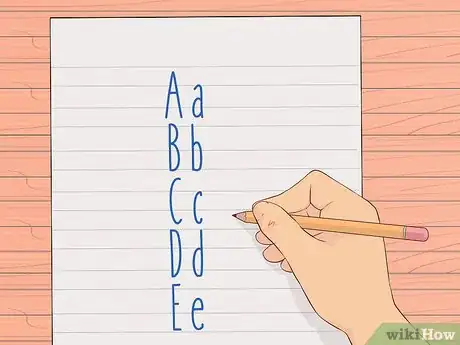
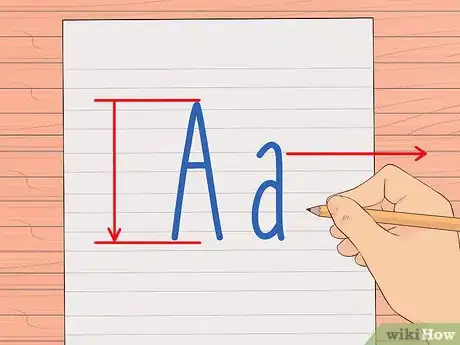
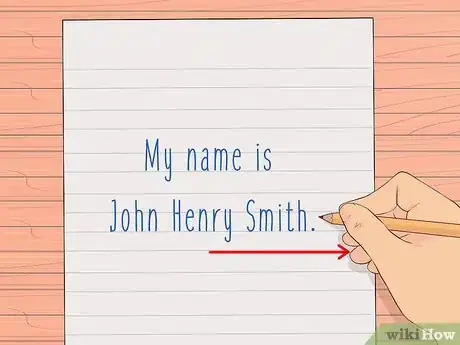
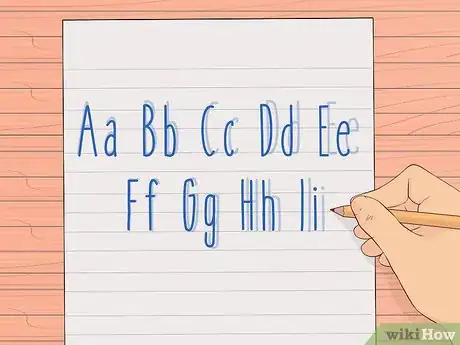
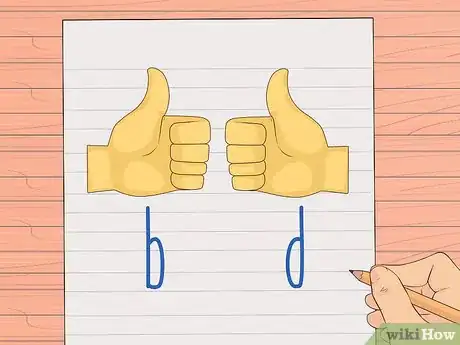
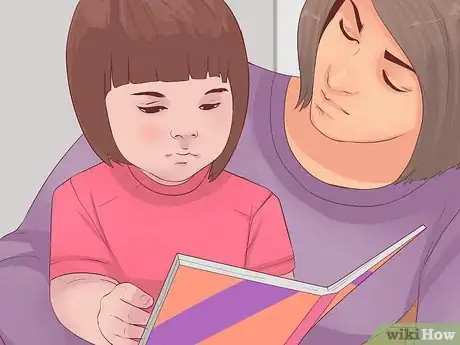
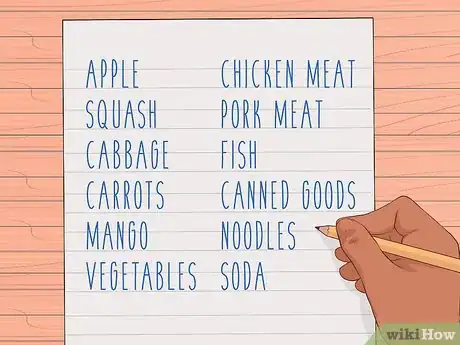

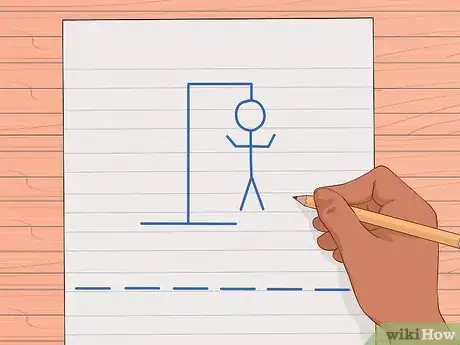
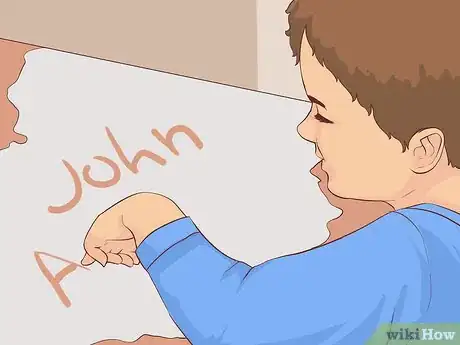
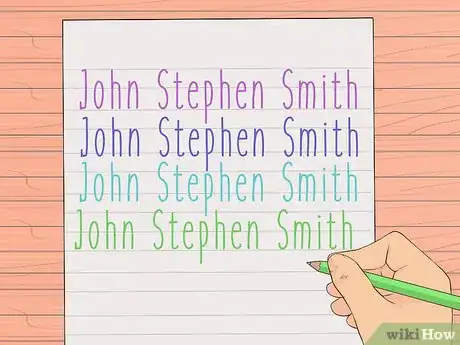

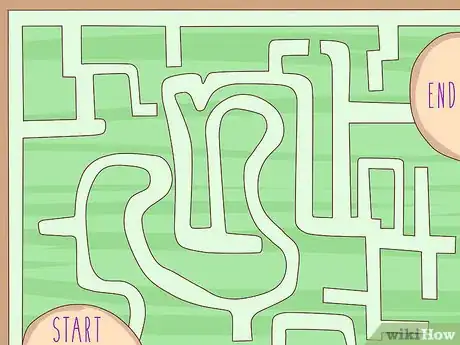
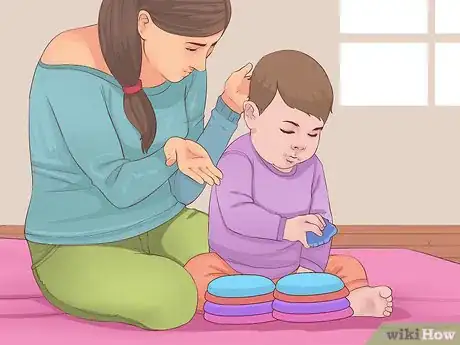
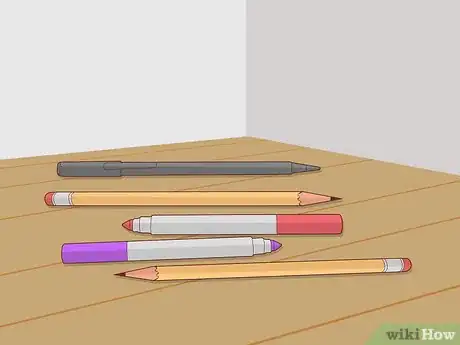
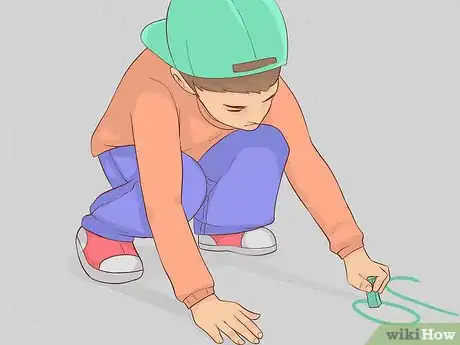
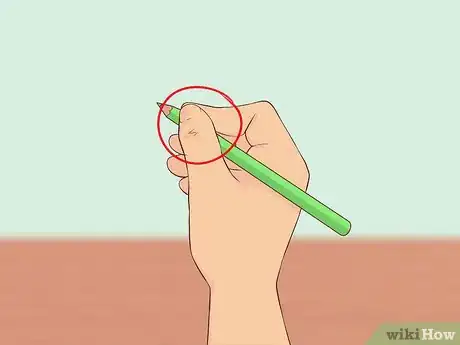
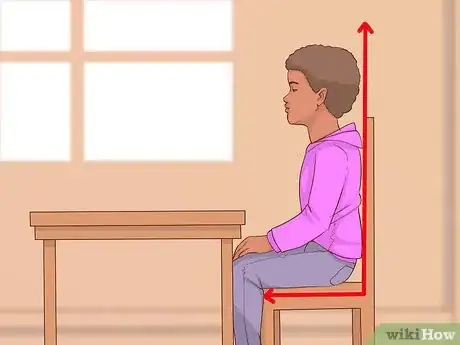
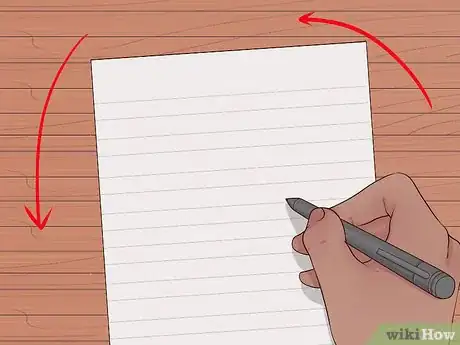

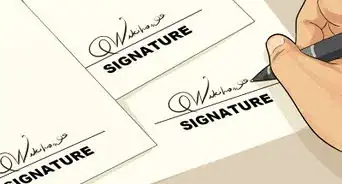
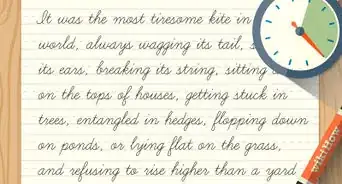
-Step-11-Version-3.webp)

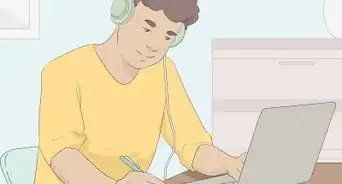

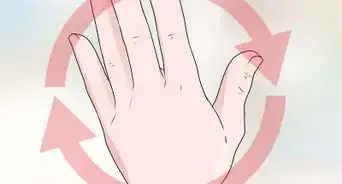
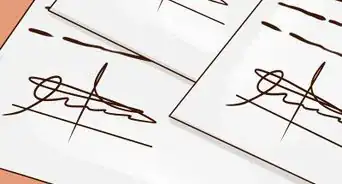
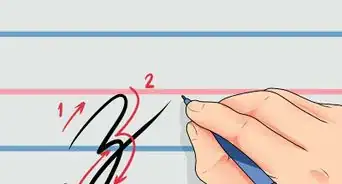
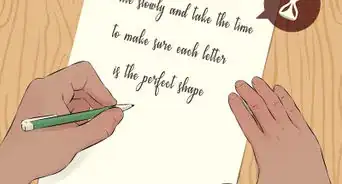
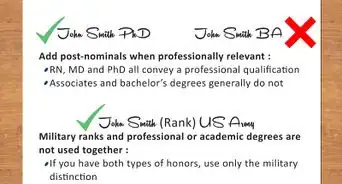
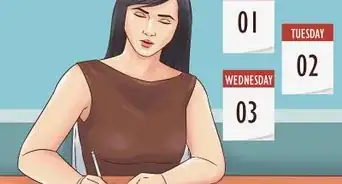
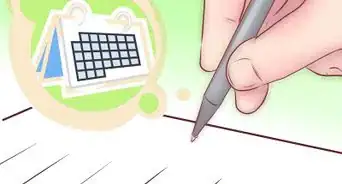






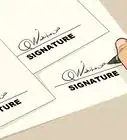
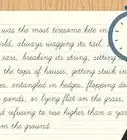

-Step-11-Version-3.webp)


































